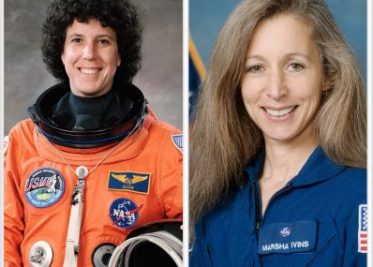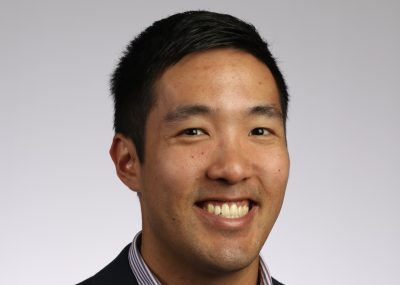Look around you. Everything that is familiar to us, what we would call “normal” matter, makes up just a tiny fraction of what is out there. Instead, the universe is dominated by the dark side, and the question of what makes up dark matter and dark energy is one of the greatest mysteries in astronomy. Dr. Fassnacht investigates dark matter by combining a phenomenon known as gravitational lensing, in which light is bent as it passes by massive galaxies, with extremely sharp images from Keck Observatory. In this talk, he will describe how we can use this technique to learn more about the nature of dark matter.Look around you. Everything that is familiar to us, what we would call “normal” matter, makes up just a tiny fraction of what is out there. Instead, the universe is dominated by the dark side, and the question of what makes up dark matter and dark energy is one of the greatest mysteries in astronomy. Dr. Fassnacht investigates dark matter by combining a phenomenon known as gravitational lensing, in which light is bent as it passes by massive galaxies, with extremely sharp images from Keck Observatory. In this talk, he will describe how we can use this technique to learn more about the nature of dark matter.W. M. Keck Observatory wishes to offer our deepest gratitude to our Astronomy Talk Series sponsors, Rob and Terry Ryan.
Guest Speaker

Chris Fassnacht
Professor, Department of Physics and Astronomy
University of California, Davis










